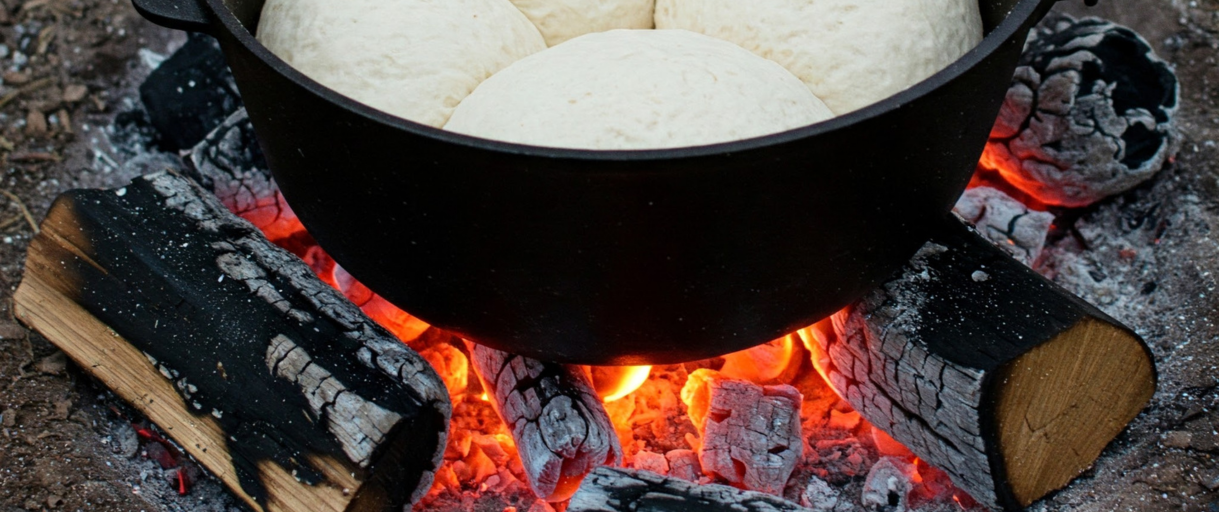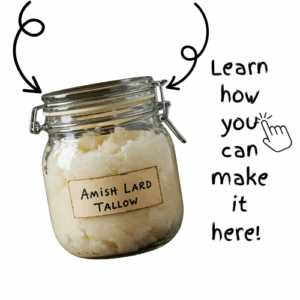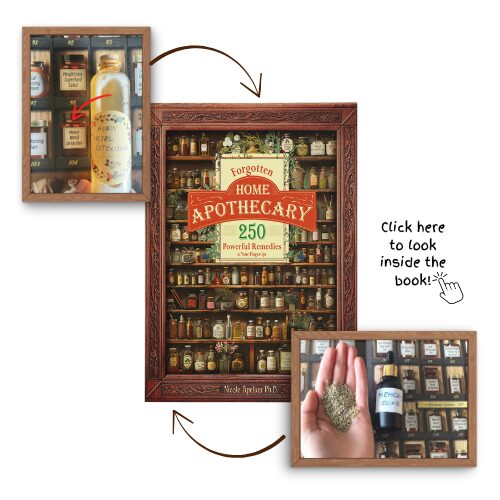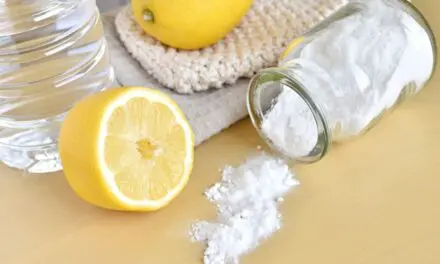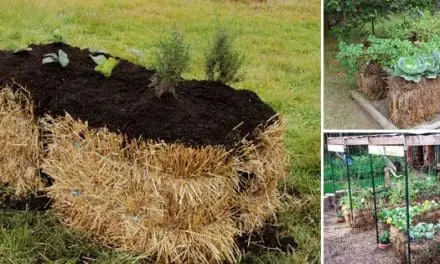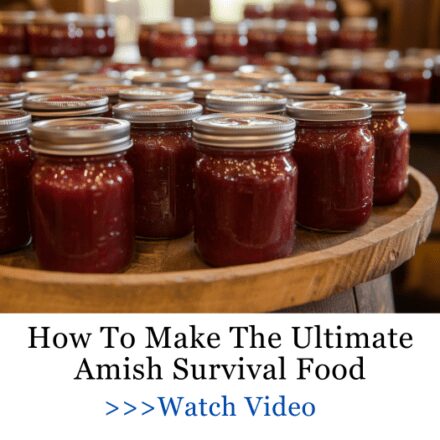It calls for ingredients we all keep in the pantry, and it doesn’t even need an oven.
This old-fashioned bread goes back to the days when meals were made from scratch, with whatever there was on hand. It was a trail favorite among cowboys and gold miners, cooked under open skies and eaten hot beside a pot of stew. And it’s just as handy today, especially in times of need.
What Is Cowboy Bread?
Cowboy bread originated in Texas on cattle drives and was a simple recipe usually baked over an open fire in a Dutch oven or cast-iron pan. There are variations on Cowboy bread and we’re going to cover the traditional recipe, a cornbread version and a plussed up recipe for today’s kitchens.
Cowboy bread has similar ingredients and characteristics shared with Bannock bread, another “frying pan” bread that gold miners often prepared. Regardless of the origins, this bread recipe uses simple ingredients that most people have on hand and can be cooked outdoors or stovetop. That’s up to you. Because of the simplicity of the ingredients, Cowboy bread has a long shelf-life and can be stored for months with proper packaging and storage. It was often used in conjunction with soups or stews to sop up the broth or gravy.
Traditional Cowboy Bread Recipe
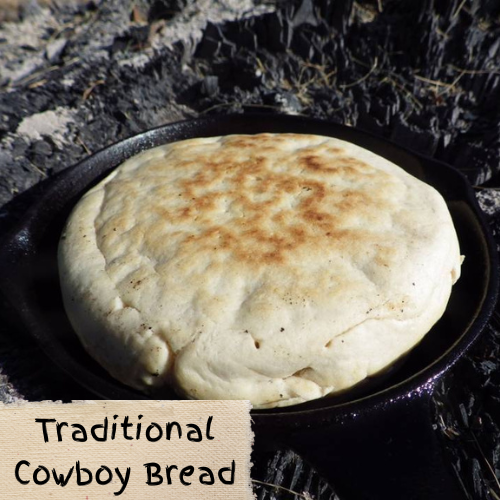
This recipe variation is as simple as it gets. It’s basically flour, salt, baking powder and water. Lard or beef tallow was often added to add flavor and color and we’re going to do that as well. This recipe was sometime given a Mexican designation of Pan de Campo. No matter what you call it, it kept cowboys going on the trail and camp cookies happy with an easy to make and bake bread.
Combining the ingredients is a curious process and on the trail was done on a board but you can use a bowl if you want.
Ingredients:
- 2 cups of all-purpose flour (you could also use wheat flour)
- 2 teaspoons of salt
- 3 teaspoons of baking powder
- 2 tablespoons of lard or tallow
- 1/3 cup of vegetable oil or olive oil
- ¾ to 1 cup of water or milk
If you’re using real, homemade lard or tallow in this recipe, you’re already one step closer to how it was done on the trail. The Amish have actually perfected a way of rendering fat that takes it to a whole different level. Their method draws out the cleanest, purest fat without the heavy smell or gritty bits you can sometimes get with modern shortcuts.
What you’ll end up with is a rich, almost creamy lard or tallow that will not only make this bread taste better, but will keep it softer for longer, and will store for whole months without ever needing a fridge. And you can put it to hundreds of good uses, from making homemade soaps and natural remedies, to turning practically any food you want into a long-lasting one.
Honestly, it’s one of the most valuable things I’ve learned in a long time, and it all starts with a few simple steps. You can find the full guide on making it here, along with hundreds of other well-kept Amish secrets that made my life as simple as it gets.
Directions:
- Combine all of the dry ingredients in a bowl or on a board.
- Cut in the lard with a knife and work it until you create crumbs of flour.
- Make a well in the crumbly flour and pour in the oil and knead together with your hands or a spoon.
- Add the water or milk to make a dough and knead the dough for 2 to 3 minutes.Drop into a Dutch oven or cast-iron frying pan.
- Place over hot coals or over a stove top burner and cook for 3 to 4 minutes or until browned.
- Turn the loaf and let cook for another 3 to 4 minutes or until the other side is browned.
- Serve
Cowboy Cornbread
Sometimes flour wasn’t available on the trail, but cornmeal was a constant companion. This Cowboy bread recipe uses cornmeal and some of the basic ingredients we’ve already covered.
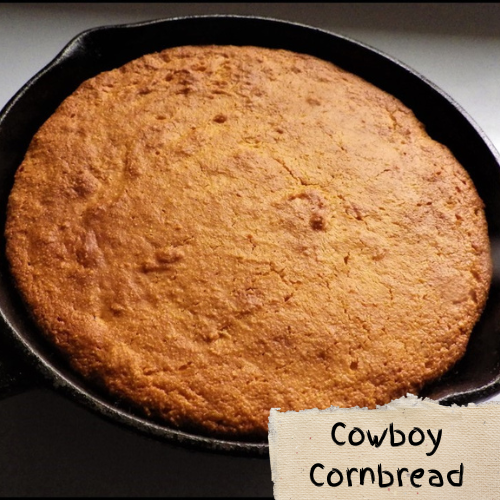
It’s also cooked in a Dutch oven or cast-iron frying pan over an open fire. Some cowboys seemed to really like this one.
Ingredients:
- 1 ½ cups yellow cornmeal
- ½ cup of flour
- 4 teaspoons of baking powder
- 1 teaspoon of salt
- 1 cup of water or milk
- 1 tablespoon of lard or tallow
- 2 tablespoons of vegetable oil or olive oil
- 1 egg (optional)
Directions:
- Combine the dry ingredients in a bowl and mix well.
- Add the water or milk, lard or tallow and oil and stir util well blended.
- Add the batter-dough to a cast iron skillet or Dutch oven and either place over coals or put into a preheated 425-degree F oven (220 degrees C).
- Bake over coals or in the oven until golden brown. If cooking over coals and turn after 4 to 5 minutes. You want a golden-brown color. Just keep an eye on it. And if you have to, keep turning.
Related: DIY Long-Lasting Cowboy Casserole
Kitchen Cowboy Bread
It’s time to get off the trail and back to the kitchen where we have more ingredients and more civilized cooking alternatives. You can still do this in a Dutch oven or cast-iron pan, but you have the option of doing it on the stovetop or in the oven. This isn’t the cornbread variation, it’s all about flour and some kitchen spices and other ingredients cowboys may not have had on the trail. Here’s what to do.
Ingredients:
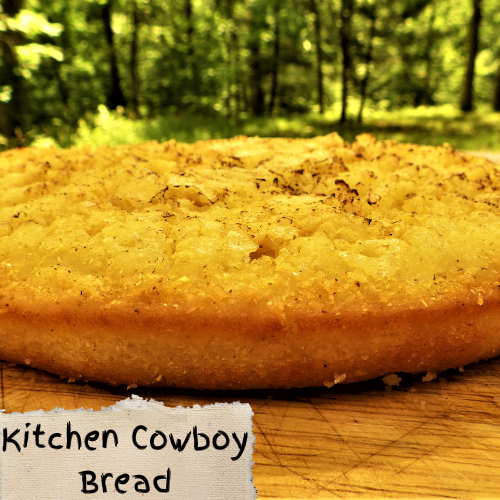
- 2 ½ cups of flour
- ½ teaspoon of salt
- 2 cups of brown sugar
- 2 teaspoons of baking powder
- ½ teaspoon of baking soda
- 2 eggs
- 1 cup of buttermilk
- 2/3 cups of butter or lard or tallow
- ½ teaspoon of nutmeg
- ½ teaspoon of cinnamon
Directions:
- Combine butter or lard or tallow with the flour, salt, and brown sugar in a large bowl.
- Cut it and blend it in until it is crumbly.
- Reserve 1/2 cup of this mix to sprinkle over batter.
- Combine leavening (baking powder and baking soda) and spices and add to the larger amount in the big bowl of the crumbly mixture.
- Add eggs and buttermilk and mix well with a spoon or a Mixmaster. (Hey, we’re in the kitchen).
- Pour batter into a greased cast iron pan. Grease any way you like with oil, lard or tallow.
- Sprinkle with reserved crumbly mixture and additional cinnamon.
- Bake in 375-degree oven 25-30 minutes or in a Dutch oven over coals for about the same amount of time.
🍳🌼Extra Tip🌼🍳
If you’re growing herbs in your garden or have access to them, don’t be afraid to get creative with your bread. Herbs like chamomile, lavender, or rosemary can add unique flavors and offer added health benefits, along with increasing shelf-life. A little goes a long way, so start small, and taste as you go.
Many of these herbs also do double duty – they can be used in your kitchen or pantry, and in your medicine cabinet. And they will do just as good in both. Let me give you some examples:
🌿Chamomile: Calms the stomach in a tea and adds a gentle, apple-like flavor to bread and cookies. Also great for soothing stress and helping with sleep. It’s also the main ingredient in this Chamomile Calming Infusion, which helps ease anxiety and restlessness.
🪻Lavender: Brings a floral, slightly sweet note to baked goods or infused honey. Traditionally used to ease headaches, calm nerves, and support deeper sleep. It plays a powerful role in Nature’s Betadine, a natural first aid that you can use to disinfect cuts, scrapes, and minor burns thanks to its strong antiseptic and antimicrobial properties.
🪴Rosemary: Adds bold, savory flavor to bread, meats, and roasted vegetables. Known for its antioxidant properties, it also helps slow spoilage and can be added to preserves or marinades to improve shelf life. Health-wise, it’s been used to boost circulation, improve digestion, and support memory and mental clarity. You can put it in a Memory Elixir—a simple tonic that supports focus, clarity, and circulation—or in an all-natural Amish Ibuprofen, perfect for pain relief.
🍃Yarrow: Works well in savory dishes or herbal butters with a slightly bitter, peppery taste. Medicinally, it’s known for helping with wound healing and reducing fevers. It can be made into a Stop-Bleeding Powder to treat cuts, scrapes, and even deeper wounds.
🏵️Calendula: Its petals can be added to salads, butter, or breads for a mild, earthy flavor. Calendula’s natural antimicrobial properties make it a good addition to preserves and infused oils to extend freshness. It is famous for its skin-soothing power. Turn it into a Calendula Water Eye Wash for tired and itchy eyes, a First Aid Spray for cuts and scrapes, or even a Calendula Skin Salve to soothe dry or irritated skin.
🌾Feverfew: Can be brewed as a tea (bitter, so use sparingly in food). Valued for easing migraines and inflammation. You can add it to this Heavy Metal Detoxifier, a potent remedy that draws out toxins and supports the body’s detox pathways. It’s especially useful after long-term exposure to pollution or processed foods.
🍵Sage: (Bonus!) A classic herb for flavor, but also prized for its antimicrobial qualities, sage can help prevent spoilage in stored foods and is great when added to pickles and smoked meats. Beyond the kitchen, sage is the star of a remedy called the Brain Boosting Tonic: a sharp, invigorating infusion used to enhance memory, focus, and mental clarity.
These remedies (along with 250+ more), can be found inside The Forgotten Home Apothecary – the book where Dr. Nicole Apelian shares her decades-long knowledge of traditional healing and herbal remedies. This book offers you all the tools and wisdom you need to thrive, no matter the season.
Packaging and Storing Your Cowboy Bread
There are plastic bread bags you can buy online that make it easy to seal and store any bread you bake. Refrigerating and even freezing bread is another option. What’s great about Cowboy bread is that the addition of salt enhances preservation. Just keep an eye on it if you see any signs of mold, toss it out.
Another great way you can preserve this bread is by using an Amish fridge. It’s a simple trick, but it works surprisingly well, especially when paired with a tin, crock, or tightly lidded container to keep out moisture and pests.
In an Amish fridge, you can store all the basics, like meats, dairy, eggs and many more. Unlike your regular fridge, this one doesn’t need any kind of electricity. It actually uses the earth as a natural cooler and insulator, and nothing more. And it’s surprisingly effective in keeping your food fresh until you’re ready to eat it.
This is just one of the many easy and clever projects you can find inside this book. It’s called The Amish Ways, and it’s full of detailed photos and instructions. If you want to learn how to build an underground greenhouse, electricity-free appliances for your household (like this one), how to make water out of thin air, secret Amish remedies made out of common backyard common plants and many more, you can click here to browse the contents of the book and buy it at a limited-time-only discounted price.
Final Thoughts
Most people eat it quickly like cowboys on the trail. And all of these recipe variations can be crumbled into soups, stews or chili to make those basic foods even better.
Given how simple these recipes seem to be, it’s worth giving one of them a try.
10 Canning Recipes From The Amish
Survival Bread To Make In An Emergency (Video)
Grandma’s Long-Lasting Bread and Butter Pickles

